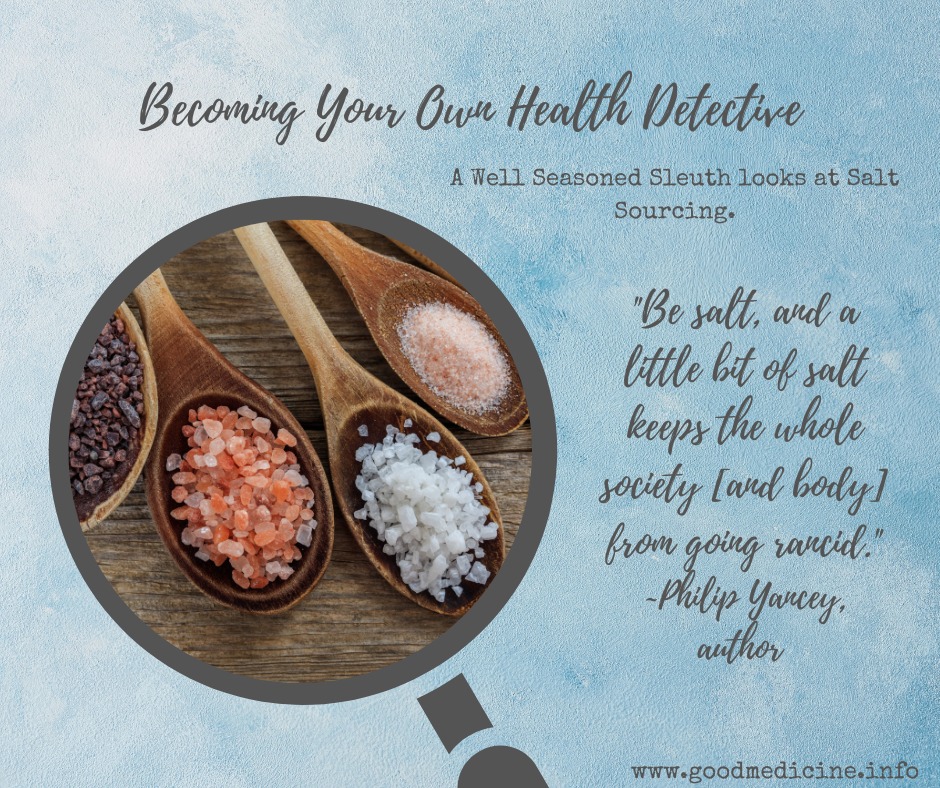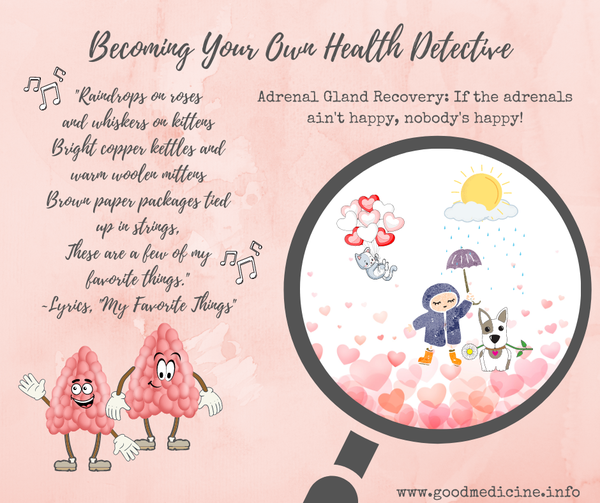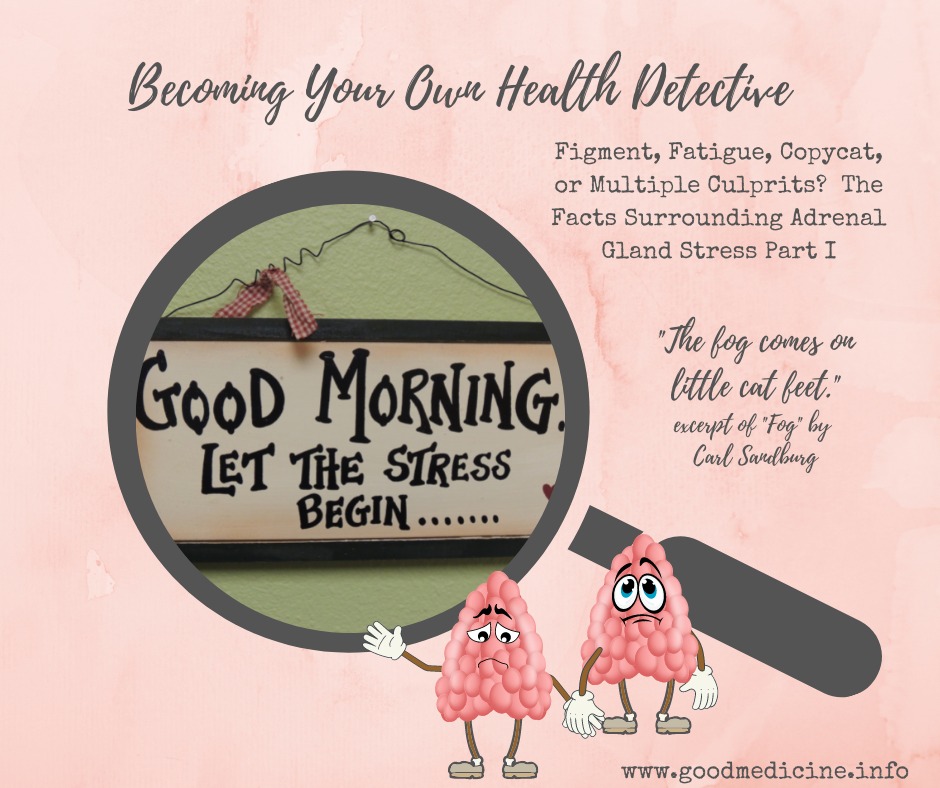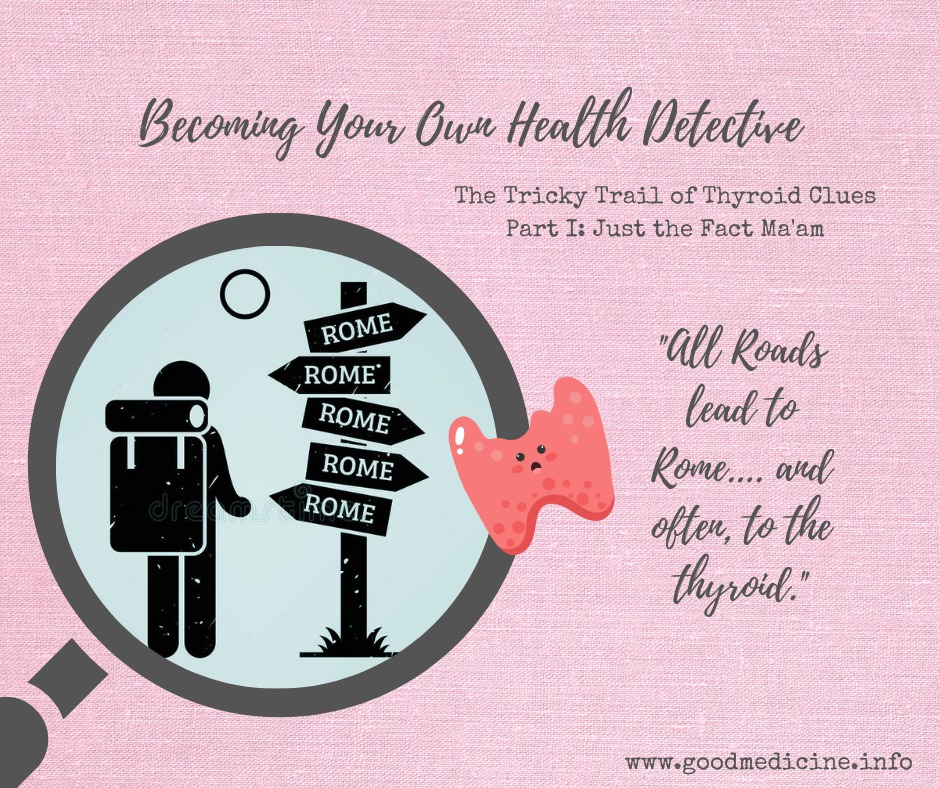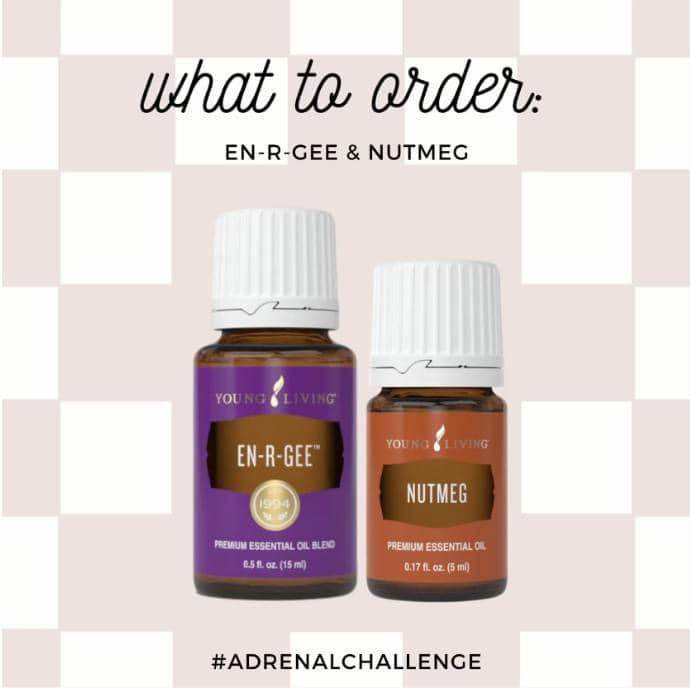
I’ll preface this post by talking about a little experiment I did last month when Nutmeg was a freebie. You might recall that I had shared that I had read that taking a few drops of nutmeg at night (or using it in a roller bottle over adrenals) before bed can help with sleep. I committed to doing this for a month.
UPDATE: I’m not stopping! 

 ….. who would have thought that nourishing your adrenals before bedtime could be helpful for sleep?!
….. who would have thought that nourishing your adrenals before bedtime could be helpful for sleep?!
When your adrenals are already struggling, you might think… why stress ’em out by adding one more thing on your “to-do” list? Not this time friends…… give it a try. This month, in addition to my new bedtime BFF Nutmeg, I’m adding En-R-Gee into my day. (I already get the early morning sunshine as I do my a.m. farm chores at sunrise  )
)
Want to join me? 
***************************************************************
There may be two tiny little glands in your body that need some love. Your adrenals.
The adrenal glands are small organs that sit on top of the kidneys. They maintain and boost our energy, kind of like a car shifting into first, second, and third gear as we go about our day.
They also help our bodies survive during times of stress. Since many of us live in a state of constant stress, they wear down quickly.
The adrenals are part of the endocrine system. Also known as the suprarenal glands, they’re involved in producing over 50 hormones that drive almost every bodily function, many of which are essential for life.
Adrenal glands play a huge role in stress response. Here’s how it works:
• Your brain registers a threat, whether emotional, mental, or physical.
• The adrenal medulla releases cortisol and adrenaline hormones to help you react to the threat (the fight-or-flight response), rushing blood to your brain, heart, and muscles.
• The adrenal cortex then releases corticosteroids to dampen processes like digestion, immune system response, and other functions not necessary for immediate survival.
• Your adrenal glands are also responsible for balancing hormones.
Our adrenal glands aren’t meant to always be firing. They are there to jump in when needed and not be running the whole show. But excessive caffeine, lack of sleep, emotional stress, demanding schedules, hormonal imbalance, diet, alcohol abuse, and always pushing ourselves to the max can damage the adrenals to cause them to fatigue. This pushes us into a ‘survival mode’ both physically and emotionally.
Fortunately, supporting your adrenals can be a pretty simple process. But functioning when they have given up? Almost impossible. So let’s give them the TLC they deserve!
How can we help our adrenals?
We’re going to grab two oils.
• Nutmeg
• En-R-Gee
Inexpensive. Simple. Life changing.
Each day you will do the following three things:
• Diffuse En-R-Gee every day in your home.
• Apply Nutmeg over your lower back (adrenal area).
• Get 15-20 minutes of sunlight exposure within three hours of waking up
The last thing you need when you’re fatigued are complicated steps or having to remember a bunch of things. That’s why you do it with us.
Why Nutmeg and En-R-Gee?
Both of these oils have unique properties perfect for supporting stress recovery, moving your body out of its fight or flight stress responses, and calming the emotions responsible for our survival instincts running the show and stealing our energy.
xoxo~ liz

